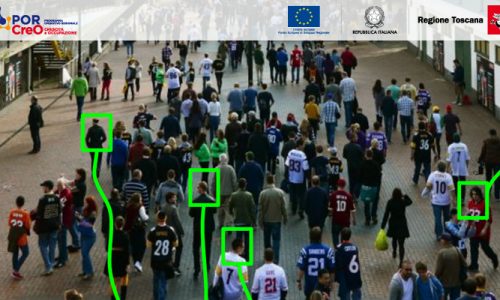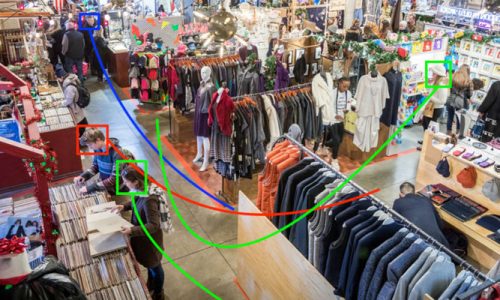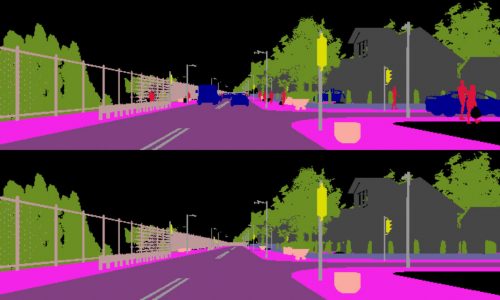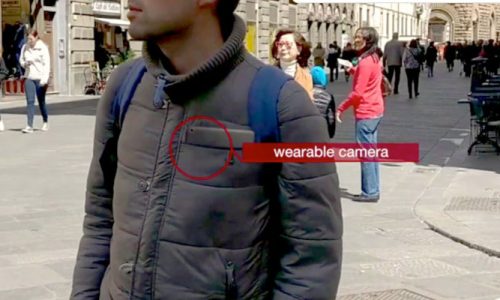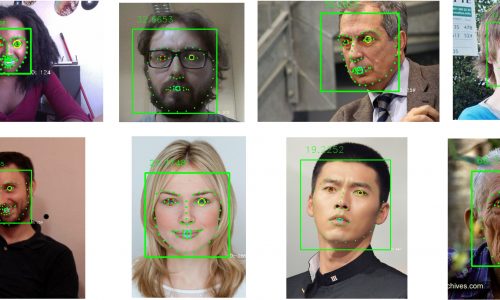Insights
In the GANIMEDE project, MICC is further working on its research and development on detection and recognition with the Italian multinational aerospace, defense and security company Leonardo. The objective of GANIMEDE is the development of advanced algorithms and prototypes of video analytics systems. Finmeccanica provides the infrastructure and on-site access to large scale, real-world video surveillance installations. MICC provides years of scientific and development expertise in object detection and recognition, along with a scientific coding expertise.
The GANIMEDE project is related to the themes of automatic video analytics, with focus on:
- Object detection and localization
MICC is developing state of the art algorithms that allow to detect and localize objects of security interest. People, vehicles and other kind of objects are found in any environment with high accuracy. Furthermore, these algorithms are required to be scalable and use as fewer resources as possible. - Object counting
In large scale video surveillance scenarios, not only detection is needed. Beside spatial counting in a frame, the GANIMEDE project tackles the problem of counting objects in time that are moving in the space. Each object should be tracked, annotated and made available to provide high level statistics. - Density Estimation
Localizing the position and the amount of objects in a space is needed to further provide alerts and analysis in military and consumer applications. MICC is developing a technology to easily identify crowded areas and further escalate alerts to the GANIMEDE system.
In the GANIMEDE project, MICC and Finmeccanica are cooperating to bring developed prototypes into real world systems. We believe that testing techniques in a laboratory is a mandatory step when developing new effective and efficient systems, but on field testing opens new difficulties and scenarios that are hardly reproducible in a controlled environment. The collaboration allows to combine strengths of both scenarios and be able to test the framework in different and realistic environments.

